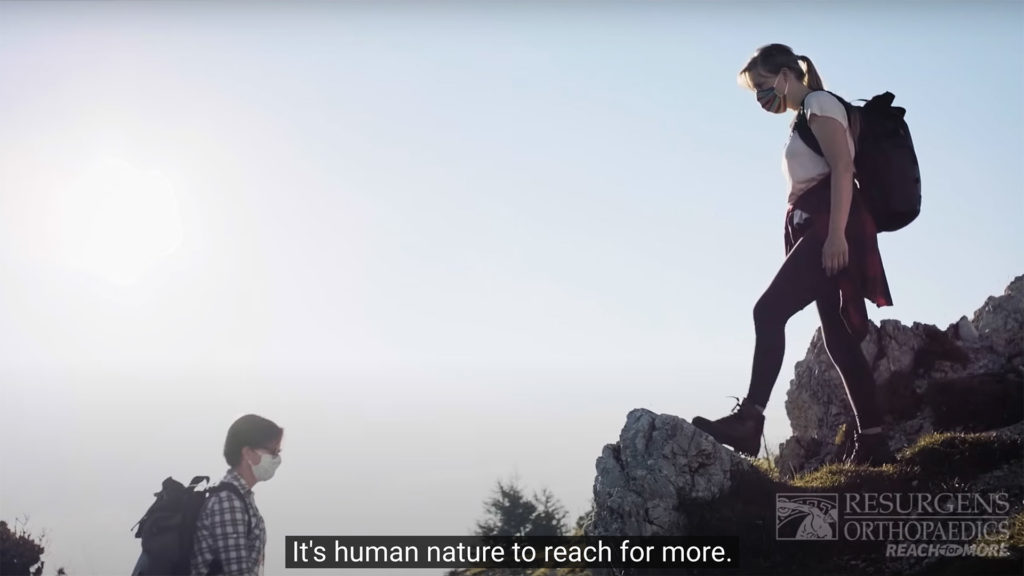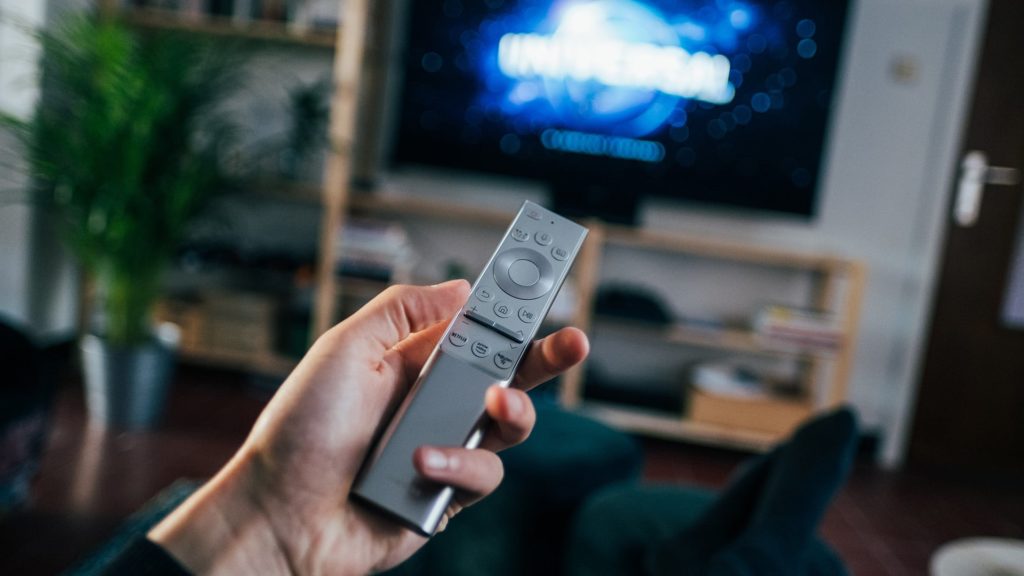Closed captions originated as a useful tool for folks with impaired hearing. And, while that’s still the case, closed captioning is finding new uses among all the different types of media and devices we use on the daily. So what can closed captions be used for in today’s media landscape, and what are the benefits of incorporating them into our video projects?
Before we dive into answering that, we should probably cover what closed captioning is. Closed captioning is the text version of the audio from any video, be it a television show, movie or any video on the internet. What differentiates closed captioning text is that it can be turned on and off based on a user’s preferences. That’s nice for the folks who can’t stand them (and we all know a few of those).
How to use closed captions
Like I mentioned, the number one use of closed captions is for people with hearing impairment. Closed captions helps them understand everything that’s happening in a video without having to hear the dialogue, music or sound effects. But even for people with perfectly fine hearing, we need closed captions when the audio just can’t be heard for some reason. Maybe you’re in a noisy place, like a bar or an airport. Or, maybe you share your living space with other people and don’t want to disturb anyone with the audio from your late night tv binge. In those instances, closed captions come in handy for everyone.
Closed captions in online content

More recently, closed captions have been extremely useful in social media videos. One of the great things about Youtube is how global the platform is. But without closed captions translating, we lose the ability to connect with content creators who don’t speak our language. Youtube allows for several languages to be laid over any video. That means you get to know exactly what’s going on in your favorite Korean mukbanger’s chat room, or what’s new with those rural homesteaders in Sweden.
Finally, captions can be used in social media videos that are deployed onto users’ feeds. Since platforms like Instagram and Facebook mute video audio on their news feeds, it’s important to have captions available so viewers know what your videos are about. They might also help entice viewers to keep watching and turn the audio on in your advertisement or comedy clip.
Imagine a video of someone speaking to the camera without closed captions showing up in someone’s feed. The video could be about something that interests them, but they’d never know. And the chances of them clicking to find out are not good. In these cases, captions give your video a fair chance to get viewed in this dog eat dog world of social media content.
All video content should have closed captions
So, closed captions are really very useful. And they’re not confined to television anymore. On any device, closed captions should be an option for any user. It’s an easy way to add loads of value to any online video, reach new audiences and make sure your content is received the right way. If you’re looking for closed captioning services, check out ECG’s own closed captioning services page to learn about our process. And contact us today to get the conversation started. We’d love to help!

